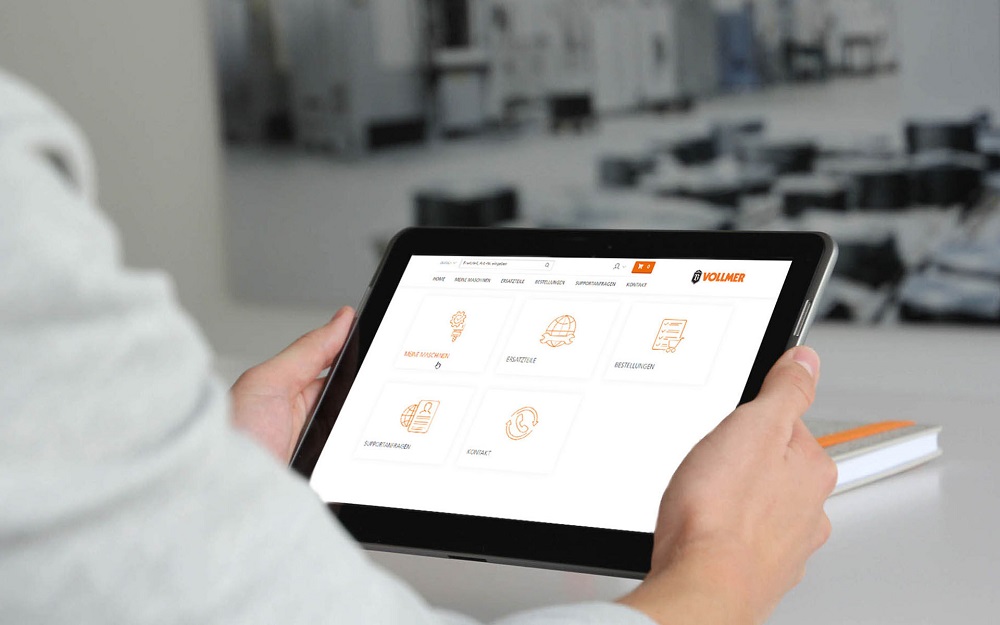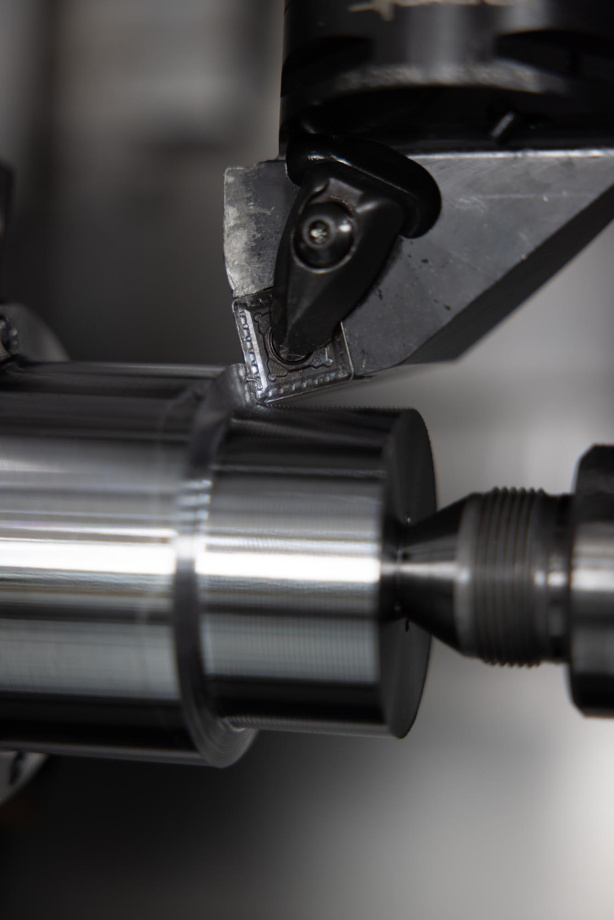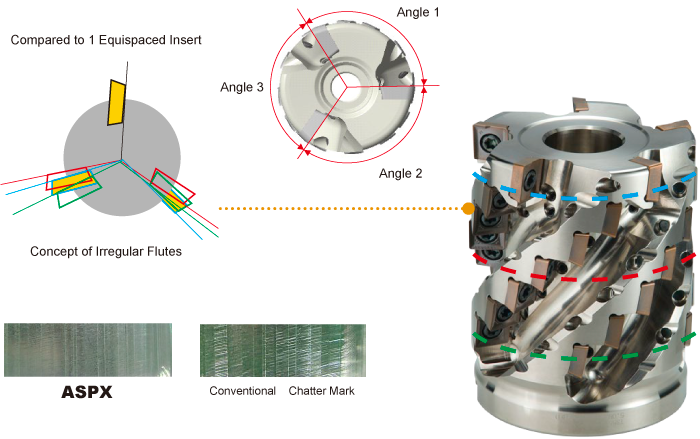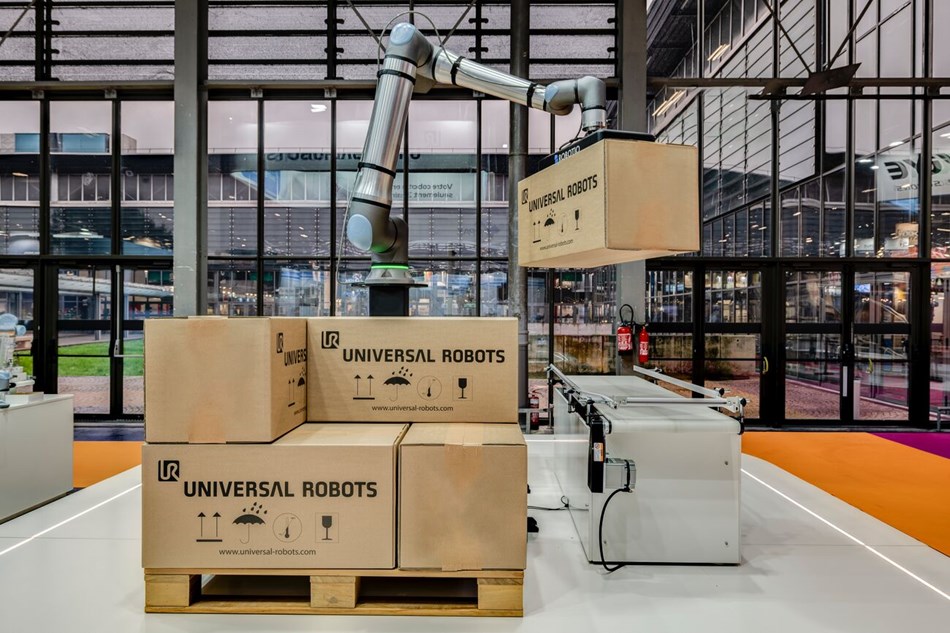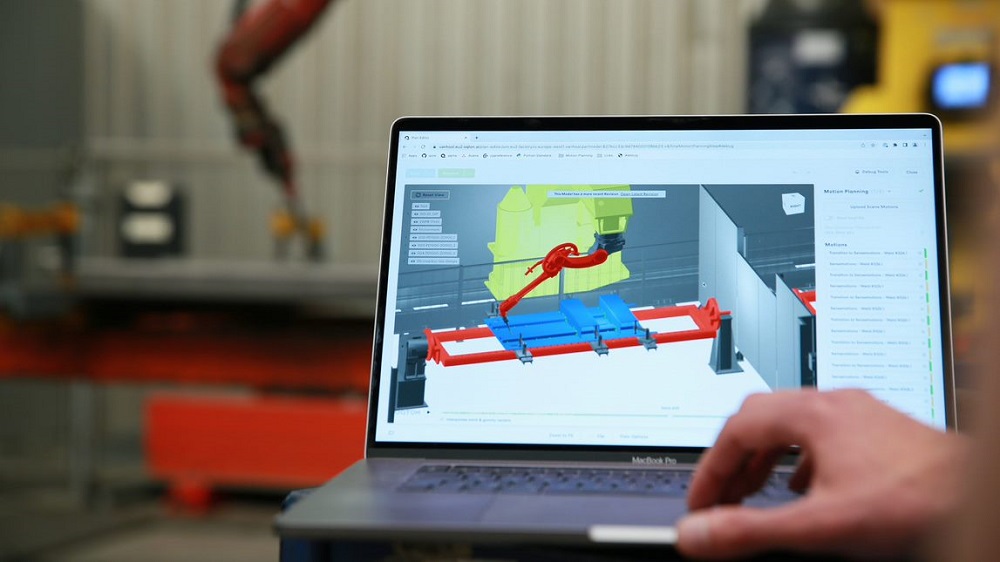Through its new customer portal, VPortal, sharpening specialistVollmeris providing exclusive access to digital services, including its spare parts shop, machine overviews and technical documentation. Furthermore, VPortal gives customers the chance to send the support team any questions they may have about machines or services from Vollmer. Anyone who owns a Vollmer sharpening machine can register for and use the customer portal free of charge. Customers can request their unique log-in via e-mail or telephone.
“Our customer portal, VPortal, is the digital and personalised window that we provide to our customers and which we use to expand our services,” explains Jürgen Hauger, CEO of the Vollmer Group. “It forms the perfect link between the real and digital world, enabling our customers to keep a constant overview of their Vollmer grinding and erosion machines.”
The VPortal grants customers 24/7 access to their digital machine pool purchased from Vollmer. Notably, the digital service is available in English and German, and is free to use. At present, customers from Germany can register via e-mail or telephone. Once logged in to the online portal, the user can see a complete overview of the Vollmer sharpening machines available.
From the start page, the customer portal shows a clear overview of all digital services spread across five tiles: My machines, Spare parts, Orders, Support requests and Contact. Users can click on these tiles to navigate the portal and view or download the data that is most relevant to their Vollmer machines, as well as documents about technology or operation. When it comes to maintenance and servicing, VPortal enables users to submit an individual support request or to access Vollmer’s online spare parts shop.
For further information www.vollmer-group.com






